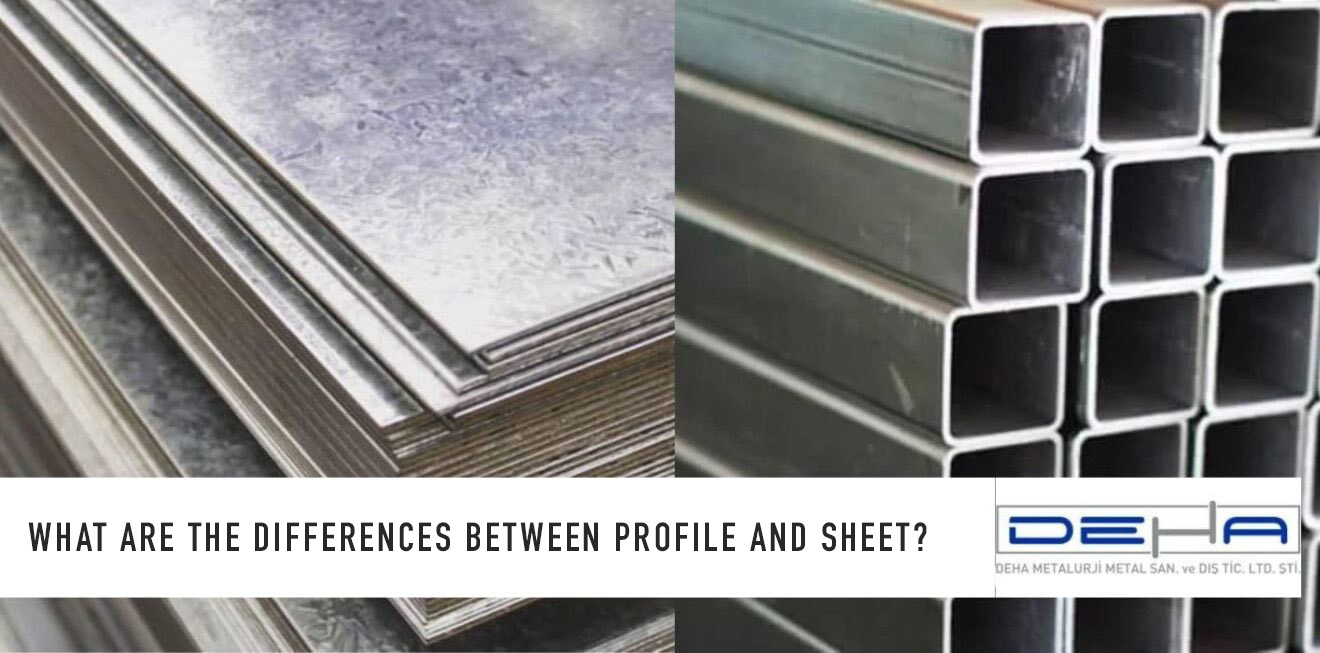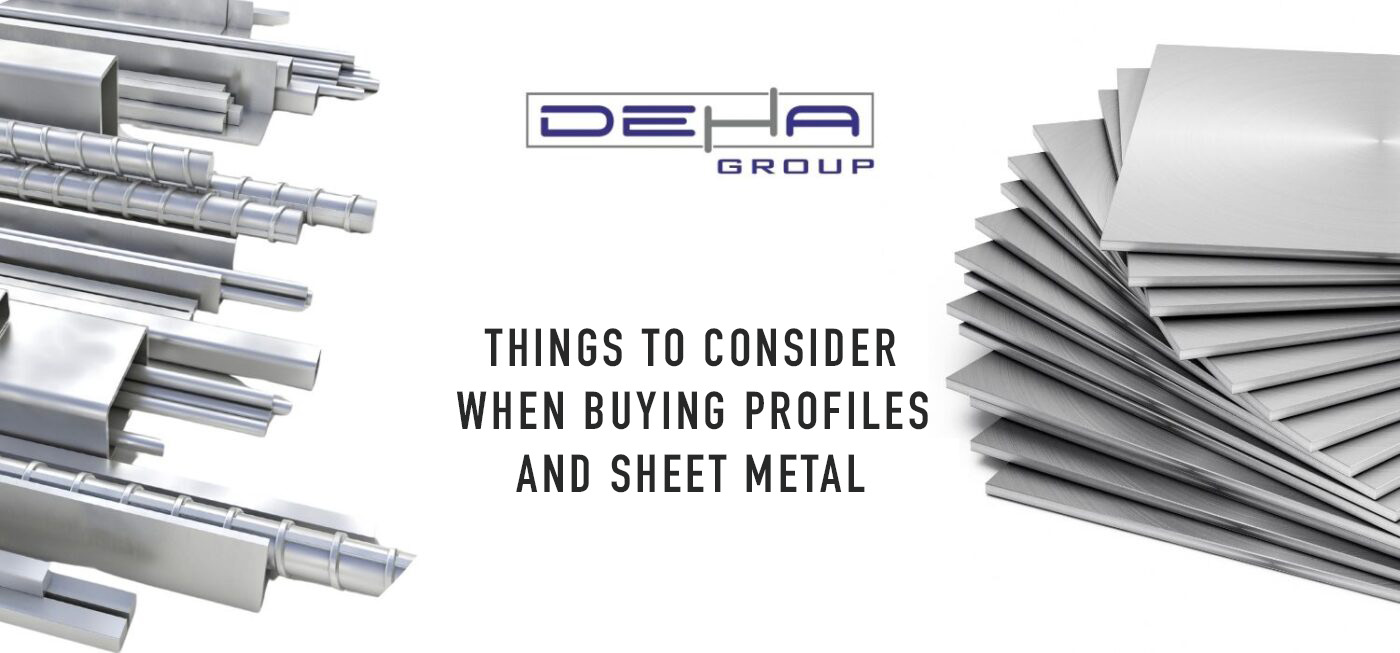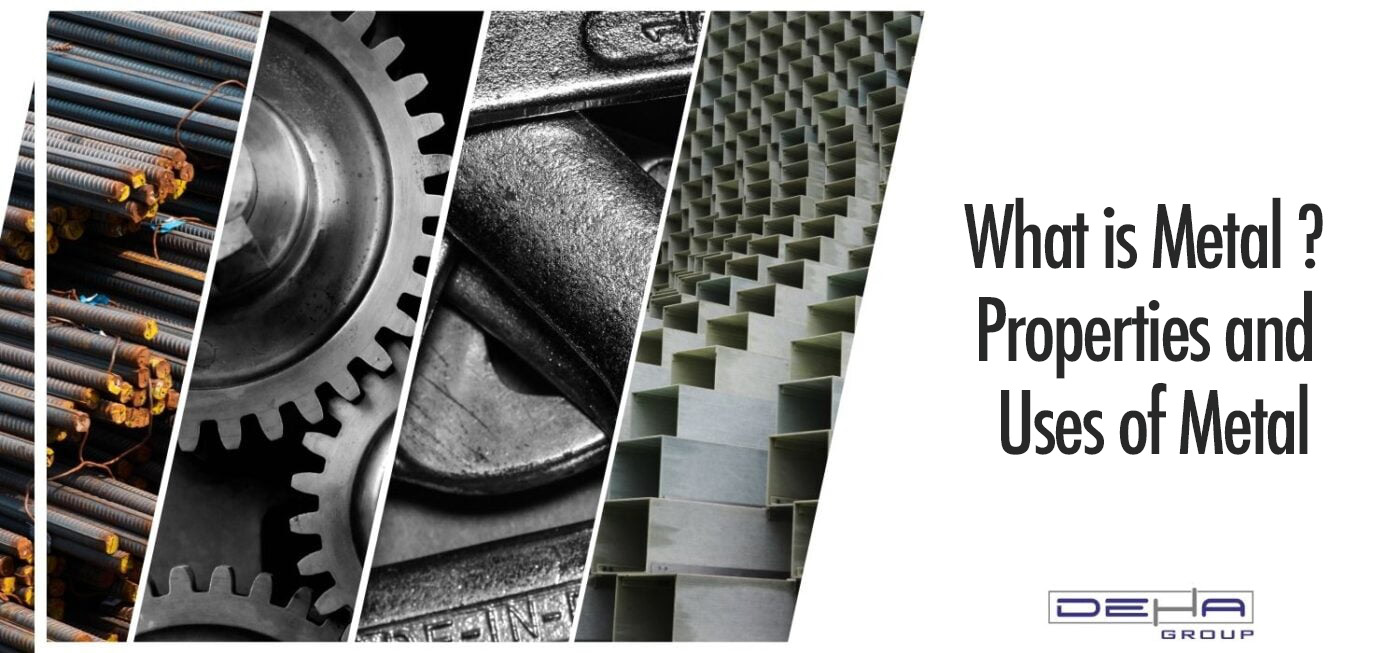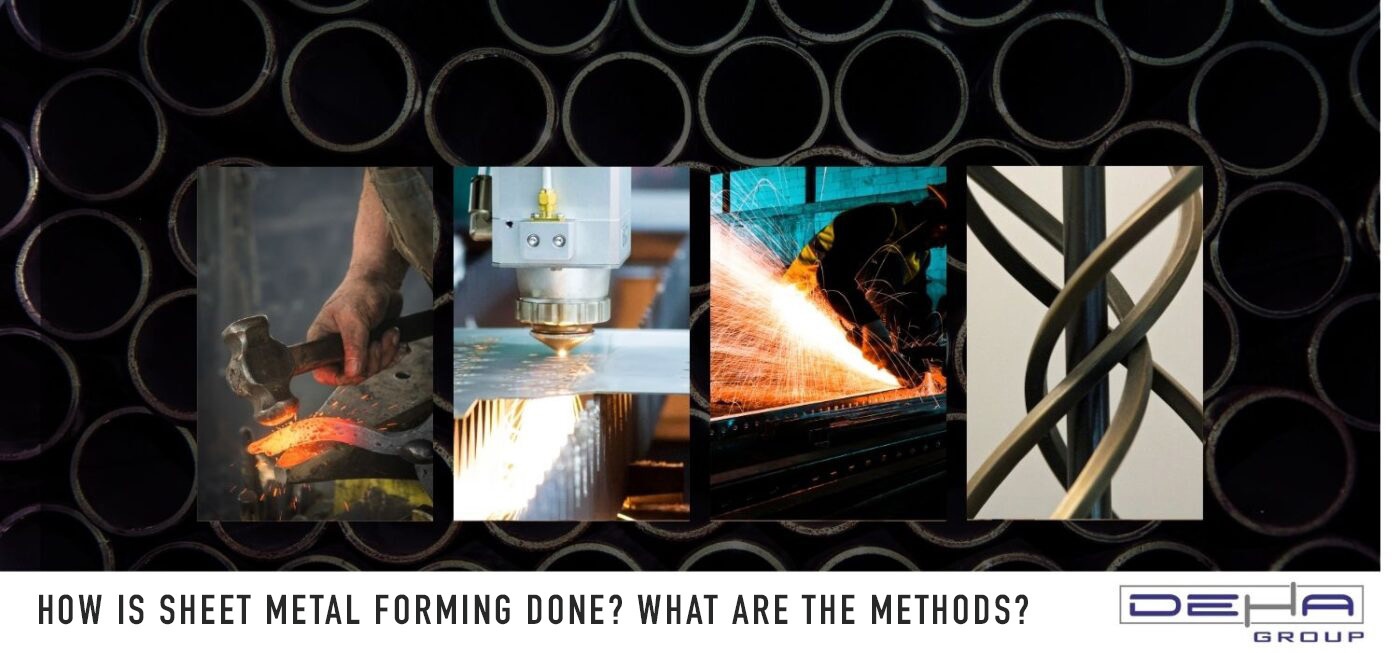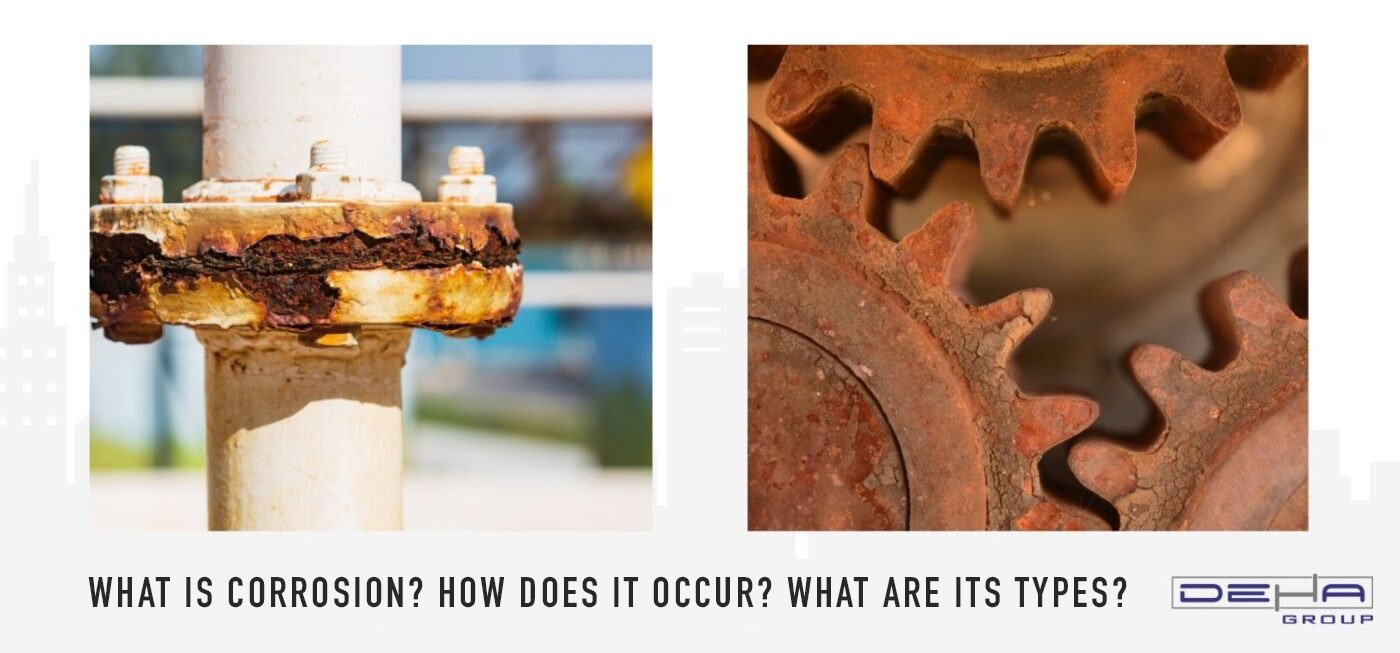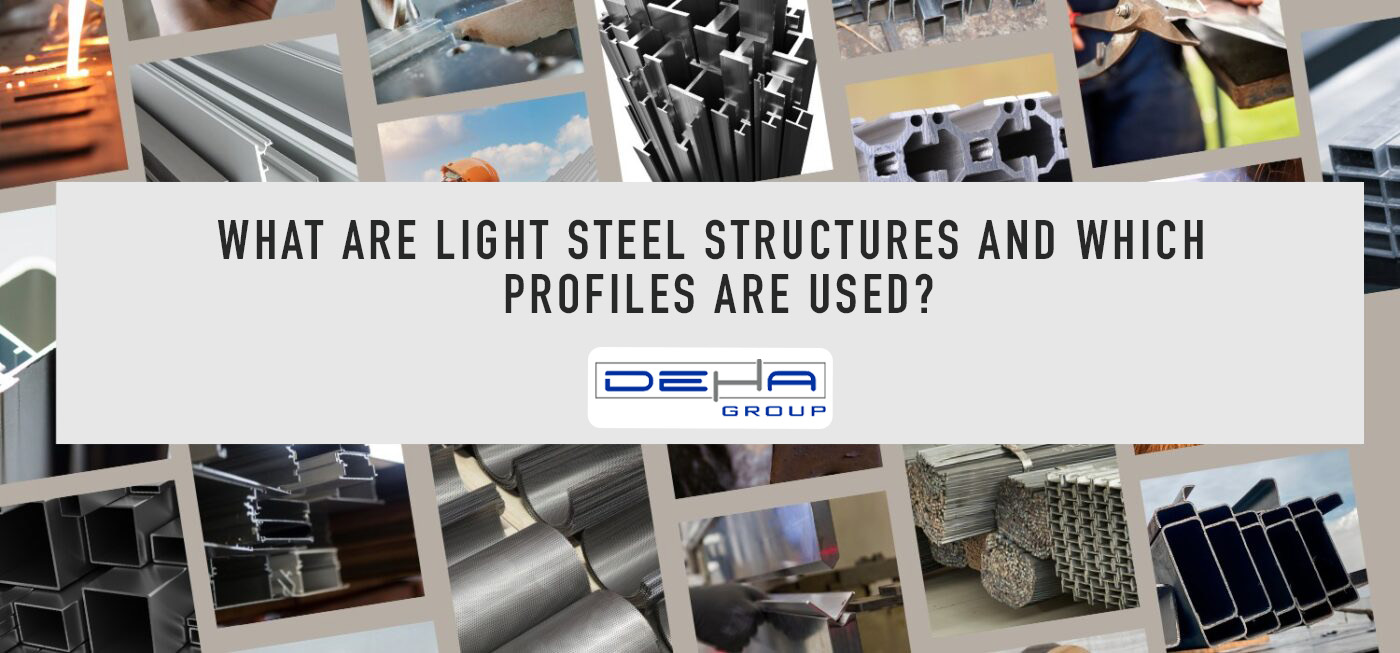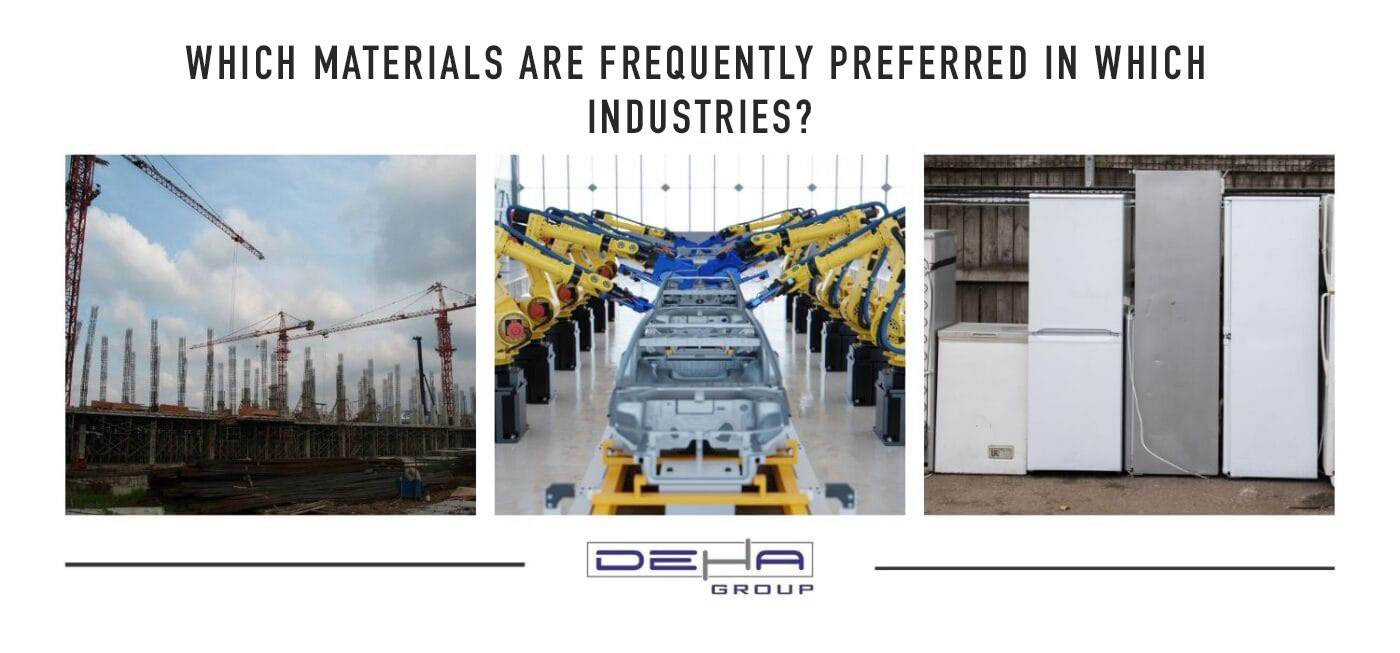
Sheet materials, prominently used across a wide range from industrial production to the construction sector, are sheet plates known for their durability and workability. Sheets, which can be produced in different thicknesses and alloys, have various features particularly in terms of strength, flexibility, corrosion resistance, and aesthetics. Different types such as galvanized, stainless steel, DKP, and HRP sheets are manufactured to meet specific needs, hence preferred in many sectors like industry, construction, automotive, and white goods. This versatility of sheets makes them an indispensable element of modern production processes.
The general areas of use for sheets are determined by the required features. For example, galvanized sheets with high corrosion resistance are preferred for exterior cladding and outdoor structures, while stainless steel sheets offering aesthetic and hygienic surfaces are used in the production of white goods and kitchen equipment. Additionally, aluminum and steel alloy sheets with properties such as lightness and durability stand out in the automotive sector. The varied applications of sheets make it possible to strike a balance between functionality and aesthetics in industrial designs.
The construction sector requires different types of sheet metal to create structures that demand durability and strength. One of the commonly preferred types of sheet metal in construction is galvanized sheets. These sheets are widely used in building exterior cladding, roof, and wall panels due to their resistance to rust. The need for long-lasting building materials in construction projects increases the popularity of galvanized sheets.
Another widely used type of sheet metal is DKP (Deep Drawing Quality) sheets. DKP sheets are used especially in architectural projects for decorative panels, doors, and windows. Their high surface quality makes them suitable for painting and coating, which makes them a preferred choice for projects where aesthetics are important.
Additionally, Hot Rolled Sheets (HRP) are preferred in steel construction structures. These sheets offer high strength and flexibility, making them an ideal choice for large projects such as bridges, high-rise buildings, and industrial structures. These types of sheet metal used in the construction sector are carefully selected and applied based on the requirements of the projects.
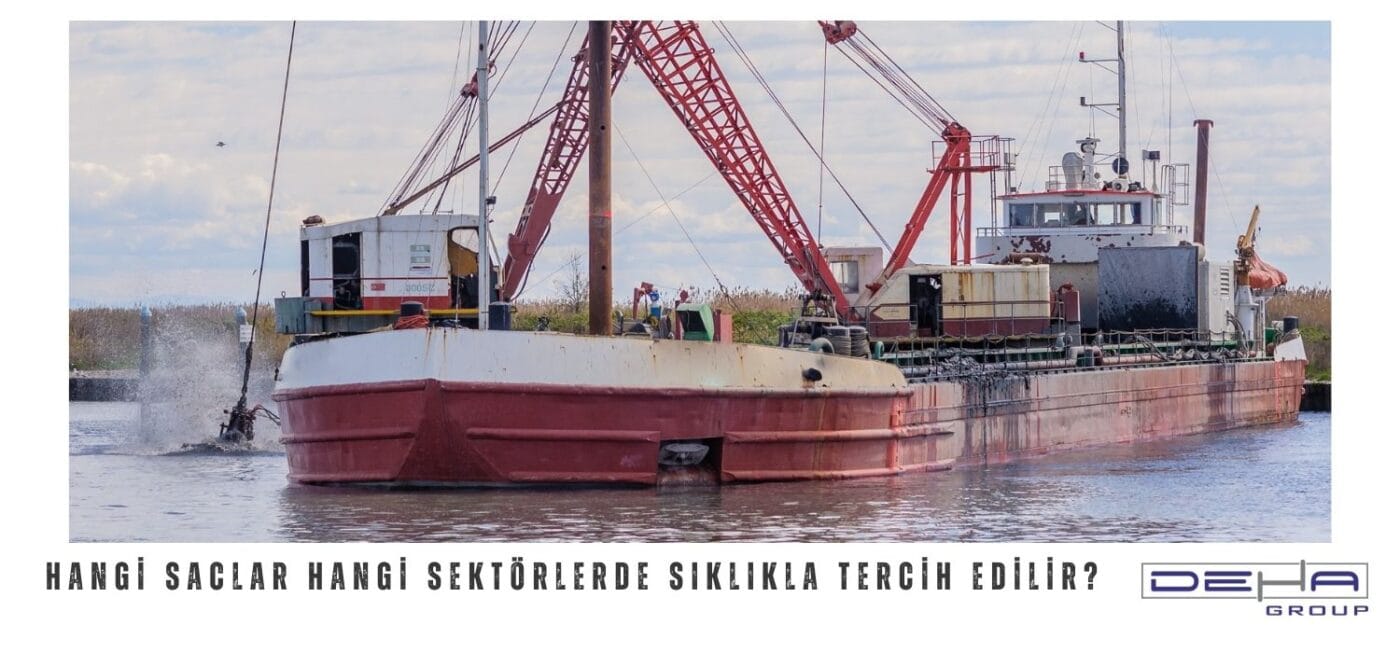
The white goods industry uses various types of sheets to enhance the aesthetic appearance and durability of products. Enamel-coated sheets are one of the sheet types commonly used in this sector. These sheets, especially used in products like ovens, stoves, and refrigerators, are resistant to high temperatures and consumer-friendly due to their easy-to-clean properties.
Another important type of sheet is stainless steel sheets. Stainless steel sheets are preferred in white goods products such as washing machines, dishwashers, and microwave ovens due to their corrosion-resistant structure. Stainless steel extends product life and offers a hygienic surface, which is important for meeting consumer demands.
DKP sheets used in the production of white goods also play a significant role in the industry. Thanks to their high surface quality and workability, these sheets are used in the body panels, internal components, and decorative coverings of white goods products. These sheets are designed to meet the aesthetic and functional requirements of the products.
The energy and electricity sector is heavily dependent on sheet metal products due to the need for durable and conductive materials. Sheets used in electrical panels, transformer stations, and energy distribution systems are preferred in areas requiring high electrical and mechanical endurance. Galvanized and stainless steel sheets are among the most common materials for such applications.
Galvanized sheets play a crucial role in protecting outdoor electrical equipment such as power lines and electric poles. These sheets offer long-lasting solutions against external influences due to their resistance to corrosion. Additionally, they are widely preferred as cladding material for transformer stations used in electrical facilities.
Stainless steel sheets, on the other hand, are used in energy production facilities, particularly in areas that need to withstand heat and chemical effects. Stainless steel is commonly used in nuclear power plants and renewable energy facilities, as it can maintain its form even under high temperatures. The durability and flexibility of these sheets allow them to deliver superior performance against the challenging conditions in the energy sector.
The shipbuilding and maritime sector requires special sheet types for projects that demand structural durability and corrosion resistance. Due to saltwater and harsh sea conditions, sheets used in this sector must be particularly resistant to seawater corrosion. In this context, one of the frequently used sheets in ship hulls, docks, and marine vessels is stainless steel.
Hot-rolled sheets used in the construction of marine vessels are preferred to ensure the strength of the ship's hull. The thick and durable structure of hot-rolled sheets plays a critical role in the hulls of large cargo ships, tankers, and passenger ships. Additionally, the weldability of these sheets in shipbuilding allows for the easy assembly of large structural components.
Aluminum sheets are also widely used in the maritime sector to provide lightness and corrosion resistance. Due to their lightweight nature, they are preferred in small marine vessels, yachts, and speedboats. The resistance of aluminum to corrosion contributes to the longevity of parts in constant contact with seawater. These properties offer significant advantages to the sector by reducing the maintenance costs of ships and marine structures.

 TR
TR

